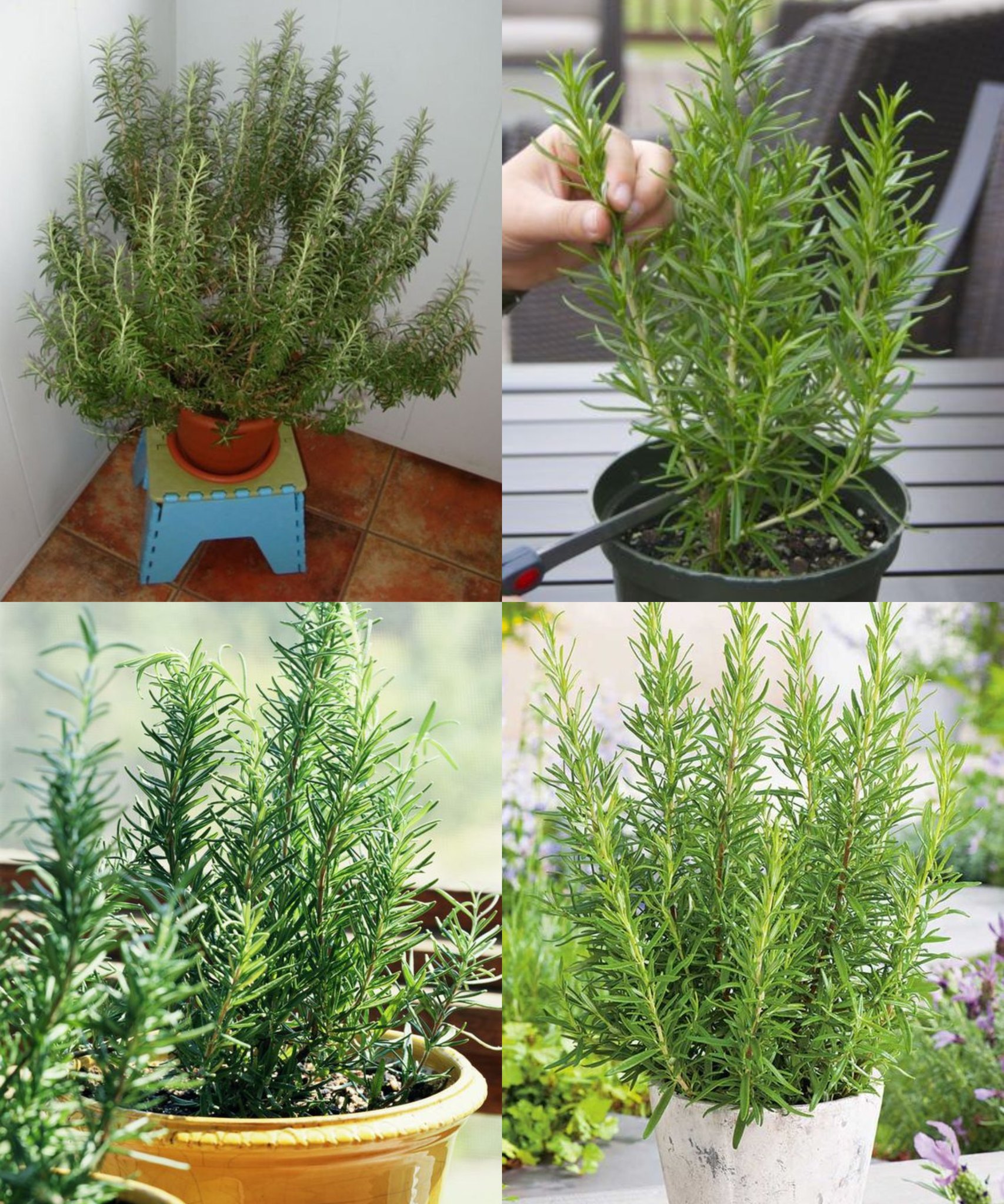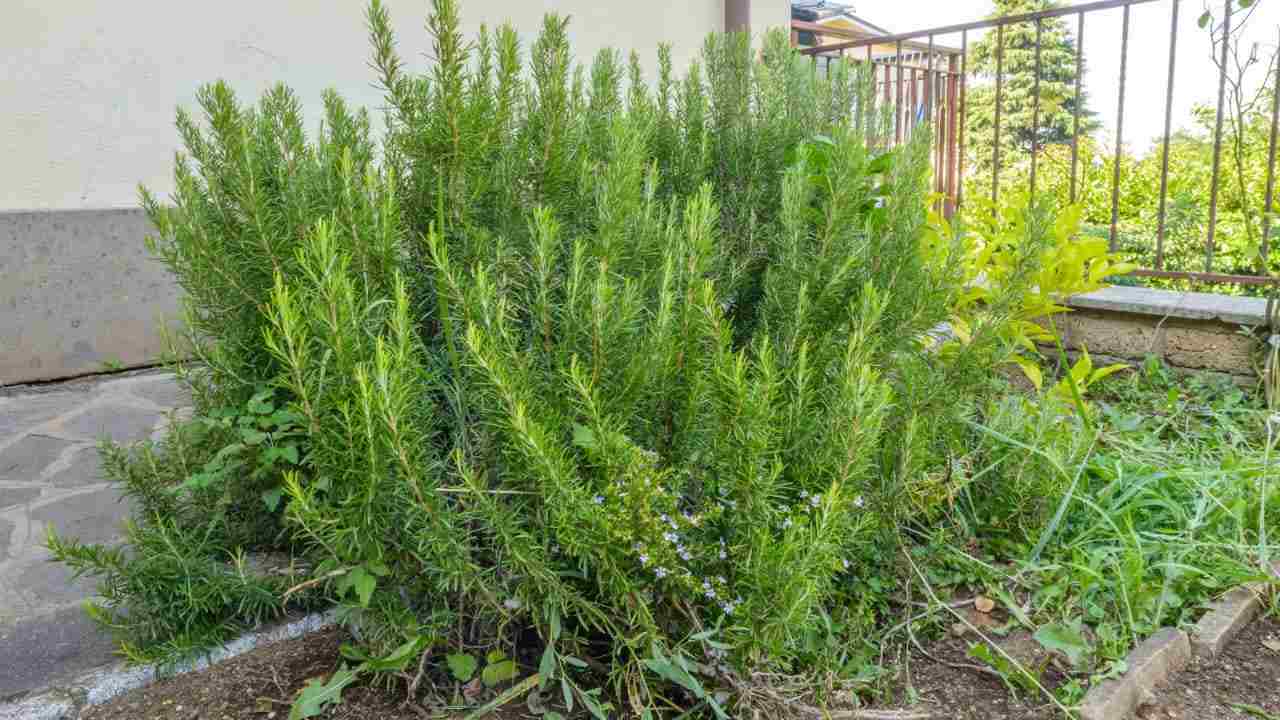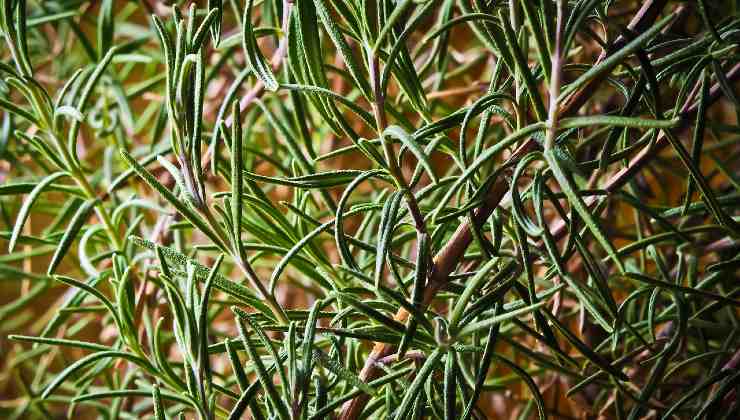
Cultivating Abundant Rosemary: Gardening Secrets Unveiled

Rosemary, a resilient and aromatic herb, graces gardens with its hardiness and ease of cultivation. However, there exists a trick to enhancing its abundance and lushness. Unveil the secrets below and discover how to keep your rosemary thriving on your windowsill, ready for use.
Rosemary’s Versatility: Culinary and Therapeutic Marvel
With a rich history of culinary and therapeutic use, rosemary stands out as a versatile herb. Planted on balconies, windowsills, and terraces, it offers a plethora of uses and benefits. Beyond its culinary allure, where its aromatic leaves elevate various dishes, rosemary boasts therapeutic significance. The essential oil extracted from this herb finds its place in aromatherapy, believed to invigorate, improve concentration, and alleviate stress.

Moreover, the pungent scent of rosemary acts as a natural insect repellent. Gardeners, adhering to their craft, implement key tricks to ensure the health and vibrancy of this aromatic herb.
Cultivation Wisdom: Unraveling the Gardener’s Secrets
- Soil Selection: The journey to a healthy and lush rosemary plant begins with the choice of soil. Upon acquiring a seedling, gardeners swiftly transplant it into a larger pot, ensuring the right soil composition. Rosemary flourishes in well-drained, sandy soil with a pH range of 6 to 8. Adequate drainage prevents water stagnation, fostering optimal growth.
- Sunlight Nourishment: Placing the pot in full sun becomes the next crucial step. Rosemary, being an aromatic herb, thrives on at least 6-8 hours of direct sunlight daily. This exposure is vital for its robust development.
- Watering Wisdom: Rosemary, resilient to drought, prefers slightly dry soils. Moderate watering is recommended only when the soil surface is dry, preventing waterlogged conditions that could lead to root rot.
- Pruning Rituals: To maintain a compact shape and stimulate growth, regular pruning is imperative. Especially in spring, gardeners trim away dead or damaged parts, ensuring a rejuvenated appearance post-winter.
- Fertilization Strategy: Rosemary doesn’t demand excessive fertilization. A slow-release fertilizer applied in early spring offers gentle nutrition during the growing season, promoting its overall health.

By integrating these gardening secrets into your rosemary care routine, you unlock the key to a vibrant and flourishing herb. Embrace the wisdom cultivated by experienced gardeners, and watch your rosemary thrive, ready to enhance your culinary creations and provide aromatic delights.